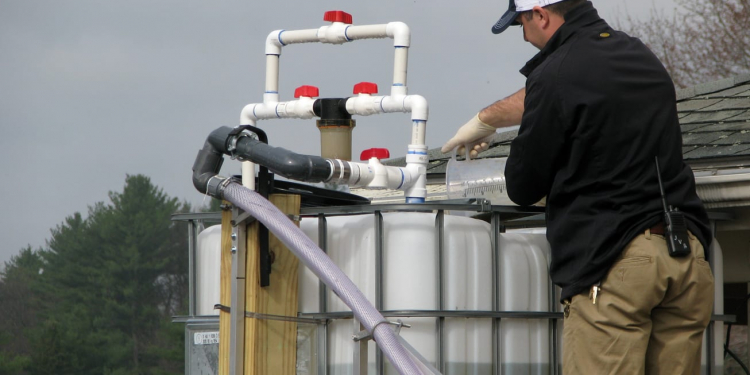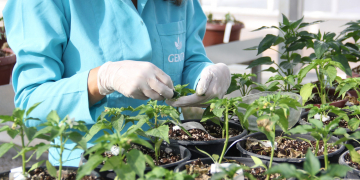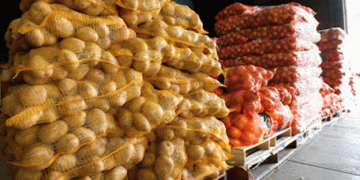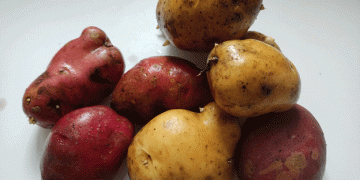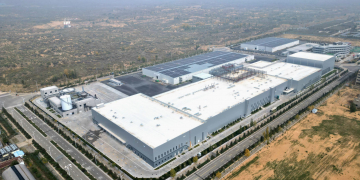Business-minded growers looking to push yields and move beyond status quo potato production are increasingly turning to plant growth regulators (PGRs), but not the PGRs you might first guess.
Most growers think of plant growth regulators (PGRs) as crop inputs that inhibit growth: after all, the PGR most familiar in the agriculture industry inhibits stem height. Actually, various PGRs do much more than simply manage growth. PGRs are hormones which control every aspect of a plant’s lifecycle, from germination to maturation and from environmental stress response to die-down. Manipulating those hormones allows a grower significant control over every stage of crop development, enabling more consistent crop development, improved tuber set, optimizing harvest timing, and more.

Just as they do in humans, hormones in potatoes operate in a fine and complicated balancing act. Hormones must be present in just the right amounts and at just the right stages of the crop for a potato plant to successfully set and mature its tubers.
The five most important plant growth hormones in potatoes, all of which are naturally occurring, include three growth hormones and two stress hormones. The first growth hormone, gibberellic acid (GA), helps geminate the seed and increases tuber set early in the season. The other two growth hormones operate synergistically: cytokinin promotes shoot development while auxin stimulates root growth. Since a plant needs a balance of roots and shoots, cytokinin and auxin needs to be present in equal measures right throughout the growing season.
As the plant nears maturity, the plant slows its production of the three growth hormones but increases its production of two stress hormones to promote die-down: ethylene, which is a growth regulator, and abscisic acid, which terminates the plant. Whereas these die-down hormones can prematurely terminate a crop if the plant produces them in response to an environmental stress like hail damage or excess heat, they are critical to finishing a crop.
Our vastly improved understanding of potato plants’ natural hormone cycle allows growers today to manipulate hormones for optimized crop production. While plant growth regulating products have been available since the mid 1990s, it’s only now that more and more farmers are starting to take advantage of the production gains these products make possible.
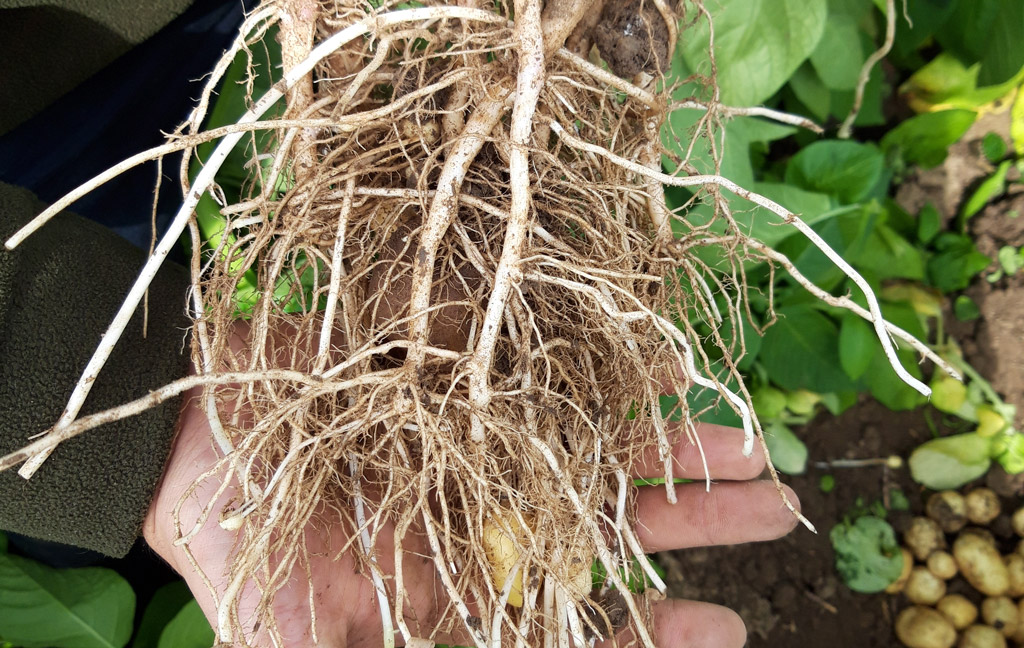
- Potato, like other land plants, possesses the entire spectrum of known phytohormones.1,2 These phytohormones regulate potato growth and development as well as tuber formation, therefore studies of endogenous hormone content and turnover are of special interest. To date, several classes of phytohormones are known including auxins (IAA), cytokinins (CKs), gibberellins (GAs), abscisic acid (ABA), ethylene, brassinosteroids, jasmonic acid (JA), salicylic acid (SA) and strigolactones.
- Each physiological process in plants is usually regulated by a number of defined hormones, some of them often exerting opposite effects. In potato, for example, distinct hormones (IAA, CKs, ABA and JA) stimulate some tuberization stages whereas GAs suppress them. In addition, a crosstalk between phytohormones belonging to different classes becomes more and more obvious over time. All this points to the importance of a comprehensive study of the potato hormonal system, with a parallel analysis of different classes of hormones.
At the end of the day, Canadian farmers, processors, retailers and consumers want the same thing — a viable, sustainable potato industry which produces quality potato production for the long-term. I am convinced our counterparts around the world want the same. To get there, we need to work together as a united industry, both domestically and internationally, to encourage government regulators to make decisions which unify international regulations and eliminate unnecessary regulatory barriers.
